By Mason B. Webb
For anyone who has ever wondered why the men who came home from the war refused to talk with their families about their experiences, this book may hold the clue.
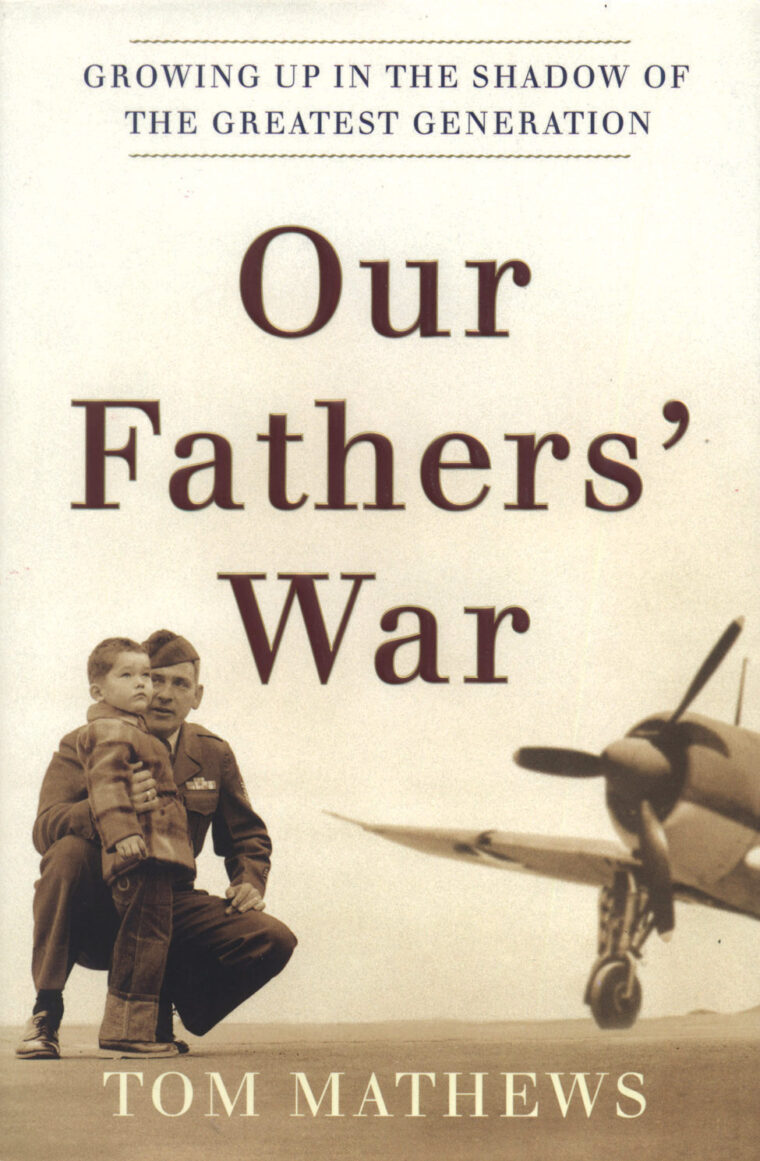 The son of a 10th Mountain Division veteran, Tom Mathews, Jr., is a former journalist and editor with Newsweek. Now a novelist and military historian, he writes about his rocky relationship with his father with style, pain, and earnest poignancy in Our Fathers’ War: Growing Up in the Shadow of the Greatest Generation (Broadway Books, New York, 2005, 293 pp., photographs, $24.95, hardcover). This insightful, beautifully crafted book details the author’s earliest memories of his hard-drinking father’s return to the family home in Utah and the barricades the veteran immediately erected between himself and his wife and toddler son.
The son of a 10th Mountain Division veteran, Tom Mathews, Jr., is a former journalist and editor with Newsweek. Now a novelist and military historian, he writes about his rocky relationship with his father with style, pain, and earnest poignancy in Our Fathers’ War: Growing Up in the Shadow of the Greatest Generation (Broadway Books, New York, 2005, 293 pp., photographs, $24.95, hardcover). This insightful, beautifully crafted book details the author’s earliest memories of his hard-drinking father’s return to the family home in Utah and the barricades the veteran immediately erected between himself and his wife and toddler son.
Declaring his son a coward, the elder Mathews tried to instill courage and fortitude into his boy while on a family camping trip. Mathews notes that his mother’s “drill instructor husband put me through my own survival course. Like a master sergeant confronting a dense recruit, he spelled out the four basic rules of manhood: Don’t cry, don’t bitch, don’t bother me when I’m busy, and never pretend to be sick.”
As the years went on, father and son became even further separated by a widening emotional gulf. The elder Mathews’ marriage failed, and Tom Jr. stopped talking altogether with his emotionally abusive father. The silence—and the hurt—lasted for years.
Taking his friend Colonel David H. Hackworth’s sage advice, Mathews finally proffered an olive branch and broke a two-year silence with his dad, inviting the 81-year-old veteran to retrace the route of the Mountain Division through Italy’s northern Apennines. Surprisingly, the father accepted—an acceptance that caused the son a moment of panic. Says Mathews, “The two of us weren’t carrying just baggage from the past; we were carrying steamer trunks. I needed to lighten the load. Growing up in the shadow of the Greatest Generation meant a son also had to grow out of it, and, at a ridiculously old age, I wasn’t sure I knew how.”
But, miraculously, the trip worked. The senior Mathews climbed the same peaks he had climbed in his youth and talked with his son about friends and comrades who had been killed beside him in Italy’s ancient hills and valleys. Only then did the son finally break through the 60-year-thick carapace of silence and anger, of denial and rejection, of bullying and browbeating. The two men embraced, cried, and began restoring their lost years, using what little time they both had left to rebuild bridges to each other.
This moving book also contains nine other dramatic stories of estranged fathers and sons, separated by an impenetrable shield called World War II. Their stories, including those of a black pilot who served with the Tuskegee Airmen and a man whose life was saved by Audie Murphy, make this a powerful “must-read.”
Our Father’s War, like The Greatest Generation and Flags of Our Fathers, is more than a war story. It is a deeply personal, sometimes achingly painful portrait of a son trying to find his father buried beneath the scar tissue that months of combat had built up on his heart. This is not the book for readers who prefer the “blood and guts” variety of war book. Very little actual combat is reported within its pages. It is a personal, introspective look at the impact combat has on men and why so many returning veterans chose to keep their war stories bottled up inside rather than share them with their families.
As Mathews writes, “The real question for a son was not ‘What did you do in the war, Daddy?’ It was ‘What did the war do to you?’”
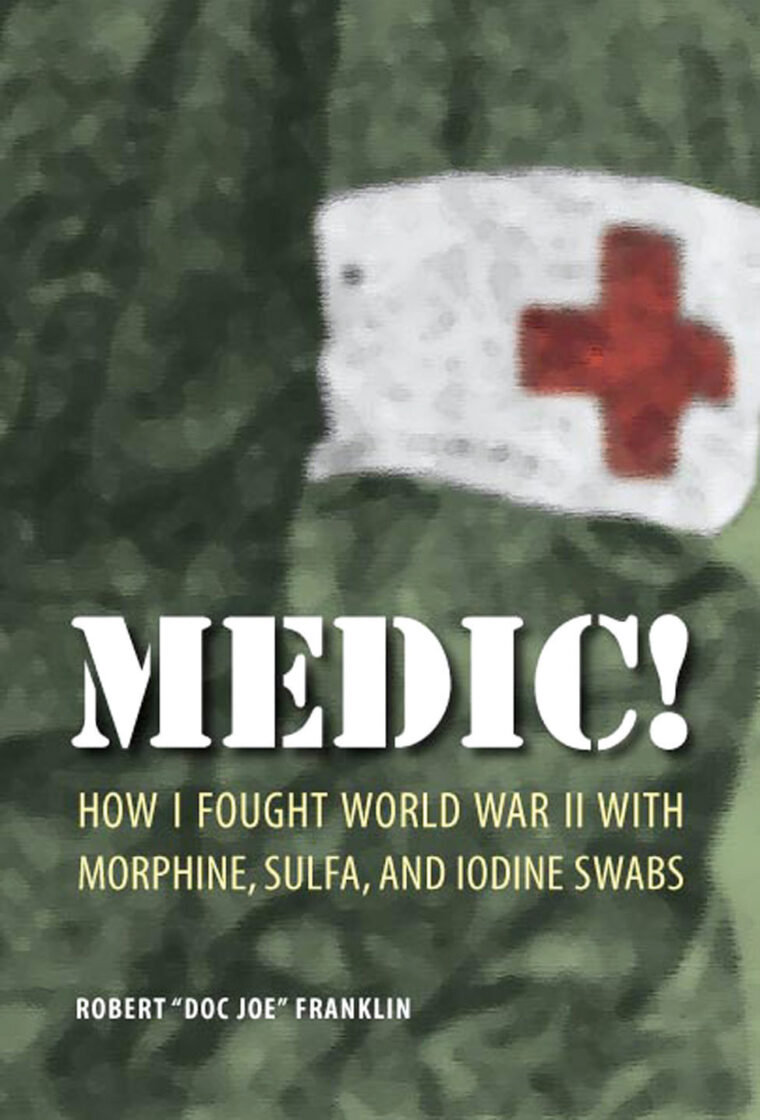 MEDIC! How I Fought World War II with Morphine, Sulfa, and Iodine Swabs, by Robert J. “Doc Joe” Franklin, University of Nebraska Press, Lincoln, 2006, 160 pp., maps, photographs, index, $21.95, hardcover.
MEDIC! How I Fought World War II with Morphine, Sulfa, and Iodine Swabs, by Robert J. “Doc Joe” Franklin, University of Nebraska Press, Lincoln, 2006, 160 pp., maps, photographs, index, $21.95, hardcover.
“Not a lot about war is believable,” writes Robert J. “Doc Joe” Franklin in his searing memoir, Medic!, and certainly much of the two years of combat packed into this slim volume may seem far-fetched, but it is the real deal. For anyone who has ever wondered what combat was really like, this astonishing little book is about as close as one can come without getting the mud and blood all over them.
Written by a front-line medic who served for more than two years with the 45th Infantry Division through the tough fighting in Sicily, Italy, France, and Germany before being evacuated as a casualty himself, this book is a searing, devastating look at combat, heroism, and stupidity. It pulls no punches.
An out-of-work Broadway actor struggling to get by during the Depression, “Doc Joe” reveals the inadequate medical training he received prior to going into combat and the on-the-job skills he was forced to acquire once there; he pioneered several innovative life-saving techniques.
Franklin is unsparing in his descriptions of battlefield horrors and unstinting in his praise of buddies who risked their lives while attempting to save others. In one of many graphic incidents, he describes how, at Anzio, a platoon had jumped into a water-filled ditch to escape a German artillery barrage: “An eighty-eight round landed in the ditch just as the men did. I arrived only seconds later. [Medic Guy] Pearce was desperately trying to hold three wounded men on the slippery wall of the ditch, which was thigh deep in water. Pearce called to me, ‘There are two men underwater!’ I fished around under the muddy water and pulled them up, but they were dead.”
Franklin is also unsparing in his criticism of leaders who sent men into battle foolishly, or did stupid things that cost them their lives and the lives of their men. He writes, “I ran to the sound of a loud explosion. Lieutenant Lehman, an ‘explosives expert,’ had found a butterfly bomb that hadn’t exploded. He sat cross-legged on the ground with three men around him trying to figure out what was wrong with it, and he must have given the propeller a couple of turns. When I got there Lehman had no arms or legs, his head was as flat as a pancake, and his brains lay in a neat pile about a yard away––as if someone had scooped them out and laid them there. The men around him were dead.”
Franklin is justifiably proud that he never shirked his responsibility on the battlefield when, even in the midst of a fierce firefight or heavy shelling, he heard the cry of “Medic!” For many mortally wounded men, he could do nothing, but just his presence by their side helped them spend their last moments alive in peace.
His mind and body worn out by the war, Franklin came home a physical and psychological wreck (he calls himself a psycho) but managed, through the help of a loving wife, to pull through and lead as much of a normal existence as possible for someone suffering from lifelong post traumatic stress disorder.
Medic!—a book that is likely to leave the reader shattered—is his loving tribute to his wife and to all his longlost friends. It will undoubtedly rank with the classics of military literature as one of the finest, most heart-breaking, most brutally honest books ever written about men in war.
While the contributions and heroism of battlefield medics is unquestioned, it is curious that few books have been written by and about medics. Franklin’s book fills that gap. An absolute “must-read.”
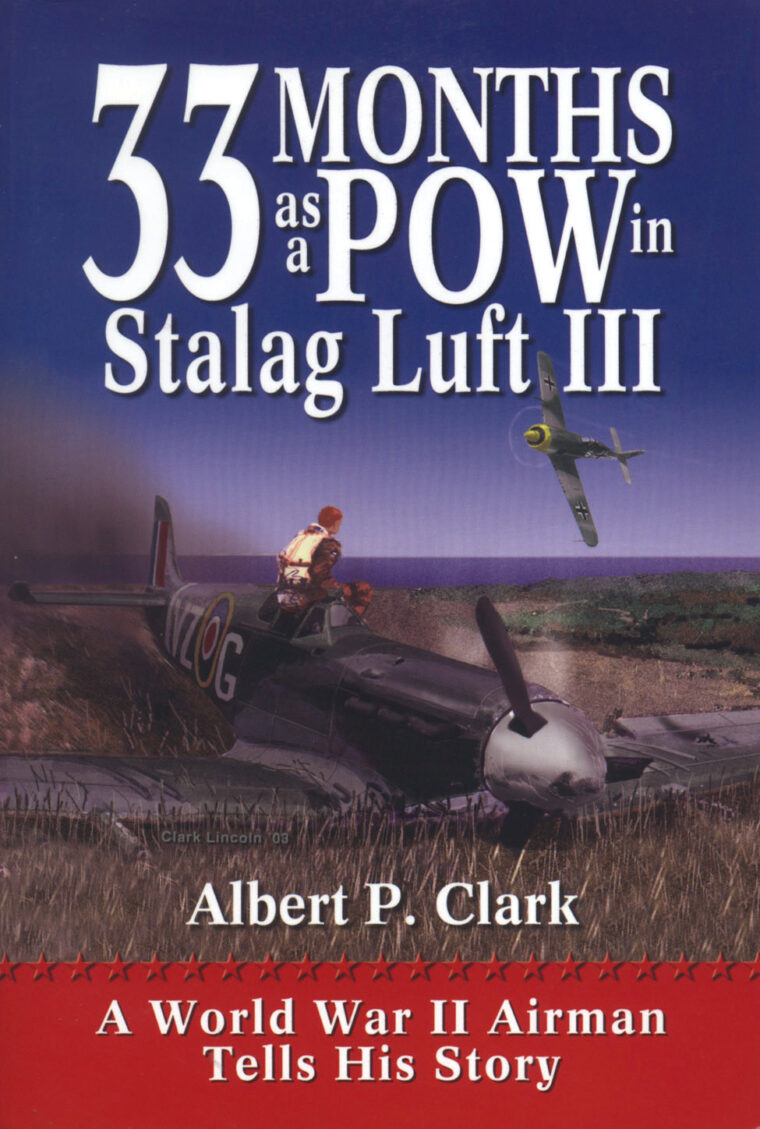 33 Months as a POW in Stalag Luft III: A World War II Airman Tells His Story, by Lt. Gen. (Ret.) Albert P. Clark, Fulcrum Publishing, Golden, CO, 2004, 224 pp., photographs, illustrations, maps, bibliography, index, $17.95, softcover.
33 Months as a POW in Stalag Luft III: A World War II Airman Tells His Story, by Lt. Gen. (Ret.) Albert P. Clark, Fulcrum Publishing, Golden, CO, 2004, 224 pp., photographs, illustrations, maps, bibliography, index, $17.95, softcover.
Despite its rather unwieldy title, this is a fascinating, well-written account of life in a German POW camp and the real “Great Escape” as experienced by one of the major participants, Lt. Gen. (Ret.) Albert P. Clark, who ended his 38-year military career as superintendent of the U.S. Air Force Academy.
In July 1942, Clark, was a young lieutenant colonel and executive officer of the 31st Fighter Group flying out of Tangmere, England, when he was shot down while piloting a British Spitfire over the Pas de Calais.
Rich in detail and filled with dozens of never- before-published photos taken with a hidden camera inside the prison camp, 33 Months tells the story of Clark’s training, introduction to combat, and his subsequent capture and incarceration. That harrowing experience was soon supplanted by the trials and tribulations of life inside Stalag Luft III near Sagan, Poland. Although the camp had plenty of activities (such as a band, sports, theatrical productions complete with costumes, etc.) designed to keep prisoners’ minds off thoughts of escape, it was plotting escape attempts that occupied most of the POWs’ time.
Anyone familiar with the 1963 Steve McQueen-James Garner film The Great Escape will immediately recognize the theme here: Royal Air Force and American pilots incarcerated together in a remote POW camp use seemingly innocent recreational activities as a cover for dirty, dangerous tunnel-digging work that goes on secretly for months, culminating in a climactic mass breakout that ends in tragedy. Clark, as one of the senior ranking officers at Luft III, was in the thick of the planning and execution of escape attempts, and his account lends immediacy and authenticity to the tale.
Here, too, is the full, tragic story of the March 1944 breakout during which 76 POWs got away before the attempt was detected by the Germans and brutally crushed. Clark recalls the last conversation he had with Roger Bushells, the RAF officer in charge of escape activities in the north camp, on the day of the big breakout: “It was late afternoon on 24 March 1944 when I was called out to the north wire. Someone walking the circuit passed the word that Roger Bushell wanted to talk to me. I went out immediately and Roger was standing there waiting. He called me over to the wire. ‘We go tonight,’ he said, then added, ‘Please don’t do anything to screw it up.’
“I assured him that our escape group had nothing planned and wished him good luck. This breakout came to be known as the Great Escape. A number of good books have been written about it, but few, in my opinion, have given enough attention to the terrible risks and stresses that each individual who went down into that dank, dark tunnel had to face.”
Over the next few days, all but three of the escapees—despite their disguises and expertly forged identification papers—were rounded up; 50 of them, including Bushell, were executed in cold blood.
The book 33 Months is a riveting, revealing look at what went on behind the barbed wire and guard towers of one German stalag and the extent to which desperate prisoners of war will go to regain their freedom—even at the cost of their lives.
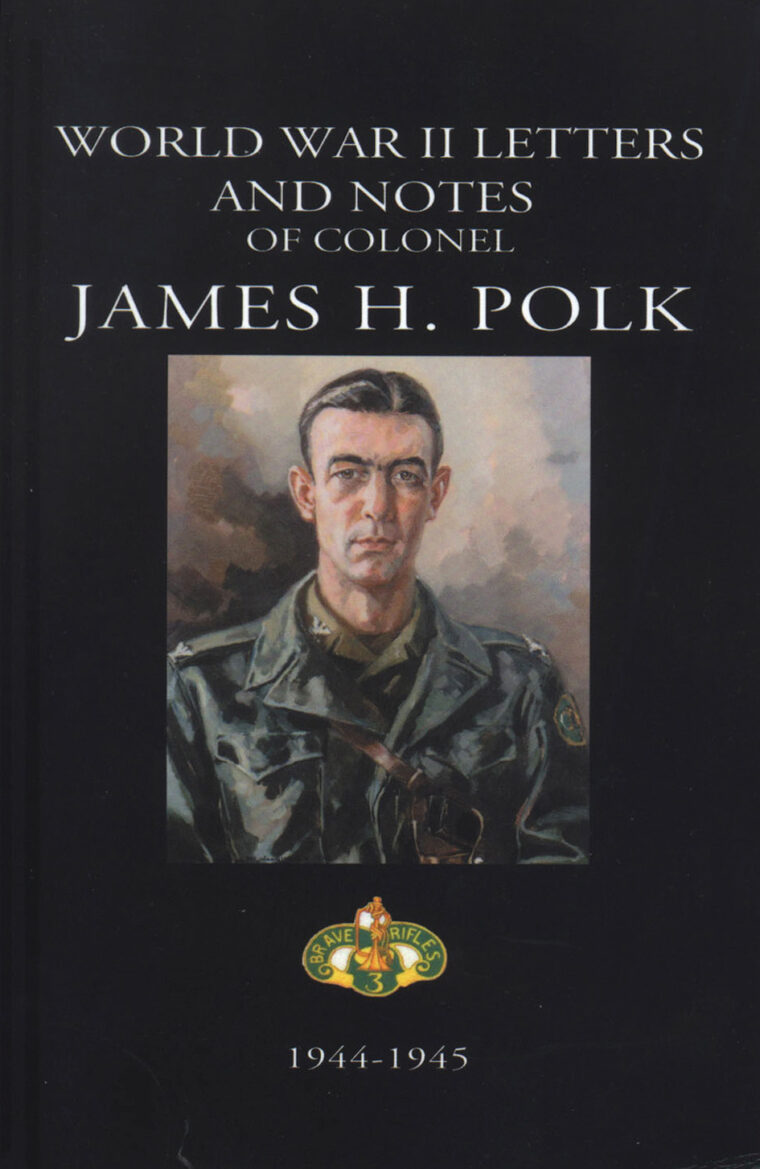 World War II Letters and Notes of Colonel James H. Polk, compiled and edited by James H. Polk III, Red Anvil Press, Oakland, OR, 2005, 307 pp., photographs, maps, index, $19.95 softcover.
World War II Letters and Notes of Colonel James H. Polk, compiled and edited by James H. Polk III, Red Anvil Press, Oakland, OR, 2005, 307 pp., photographs, maps, index, $19.95 softcover.
A fine addition to the wealth of recent first-person accounts, this collection of wartime letters of the famed commanding officer of the 3rd Armored Cavalry Group (Mechanized) was compiled and edited by his son, James H. Polk III.
A young colonel (only 32) when he took over the reins of the “Brave Rifles” in 1944, Polk had a distinguished military career that spanned 37 years, eventually he rose to four-star rank and command of USAREUR, Seventh Army, and Central Army Command, NATO.
Serving under 3rd Army commander General George S. Patton, Jr., Polk gives us glimpses of Patton, George C. Marshall, James van Fleet, and others, and details of his life in combat (“We really punished those bastards last night—I can’t help but feel good about it. I am not getting cruel or ugly, really I’m not; but when you see your friends die, it’s a very personal thing.”), and is not afraid to reveal to his wife, Josephine, his personal fears (“We have had two very exciting attacks with bombs dropping and guns popping… I say exciting, but it really scared the hell out of me. I have decided that there are all sorts of men braver than I am.”), frustrations (“Tomorrow looks like a rough day… More of this business ordering good men out to die, and how I hate it.”), and small triumphs (“I had a wonderful bath in a tub full of luscious hot water. You can’t appreciate the luxury of it until you have been without one for three weeks.”).
Polk’s unit was in the thick of the action in Europe and spearheaded Patton’s drive out of the Norman hedgerows, the dash across France, the penetration into Germany, and the final victory over the Nazis in Bavaria. Polk and his men then were in charge of providing humanitarian aid for thousands of displaced persons and Holocaust survivors.
The letters, all written to his wife Jo between February 1944 and October 1945, paint a remarkably intimate picture of a man trying to balance his tender love for his wife and young children with the often brutal business of leading men in combat. Although heavily self-censored (for example, when trying to slyly give his wife a clue as to where his unit was––Brest, France––he makes reference rather humorously to her “shapely chest”), the letters do much to illustrate the “loneliness of command” and how important it was for every man, whether a colonel or a private, to have a loving anchor at home.
The letters are remarkable not only for what they reveal but also for what they leave out. Although Polk often gives Jo detailed accounts of the actions in which his unit engages, he omits much of the gruesome details in order to spare his wife needless worry about his safety. Fortunately, in the late 1980s, he went back and added notes to most of the letters that give the reader a more complete “back story” of what was going on, combat-wise, at the time.
Profusely illustrated with personal photographs (which, unfortunately, are not reproduced well), this is, overall, a very fascinating and satisfying book.
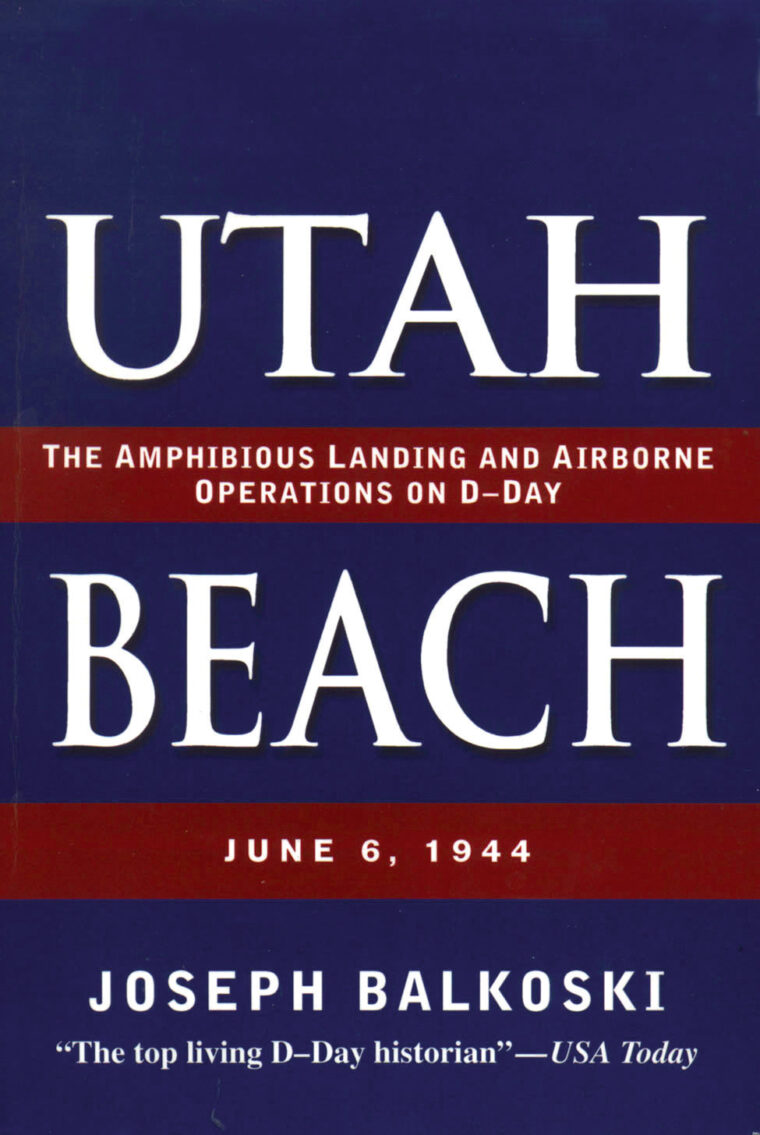 Utah Beach: The Amphibious Landing and Airborne Operations on D-Day, June 6, 1944 by Joseph Balkoski, Stackpole Books, Mechanicsburg, PA, 2005, 380 pp., photographs, maps, bibliography, index, $26.95, hardcover.
Utah Beach: The Amphibious Landing and Airborne Operations on D-Day, June 6, 1944 by Joseph Balkoski, Stackpole Books, Mechanicsburg, PA, 2005, 380 pp., photographs, maps, bibliography, index, $26.95, hardcover.
Operation Overlord, the invasion of northern France on June 6, 1944, continues to generate more books, articles, films, etc., than any other single operation of World War II—and for good reason: It marked the beginning of the downfall of Nazi Germany in the West. While the Normandy invasion remains arguably the most important combat operation of World War II, at least from the American and British perspective, the struggle at Omaha Beach has garnered the lion’s share of the public’s seemingly insatiable interest in the invasion.
Forgetting for a moment the important British and Canadian contributions at Gold, Sword, and Juno Beaches, the American effort to land at the eastern base of the Cotentin Peninsula on a beach code-named “Utah” has for too long played second fiddle to Omaha. Joseph Balkoski’s fine new history should do much to help correct the imbalance.
Utah Beach becomes the third leg in the author’s Normandy trilogy (joining Beyond the Beachhead and Omaha Beach). Balkoski begins by taking the reader behind the scenes to the efforts, spearheaded primarily by British Field Marshal Sir Bernard Law Montgomery, to add this fifth beachhead to the overall invasion plan. The logistical nightmare Utah Beach represented in the all-important effort to take Normandy was only one aspect of this difficult phase of the overall operation. Whereas the Omaha Beach phase was primarily a straight amphibious landing, Utah Beach involved considerably more planning, coordination, and resources.
Besides the seaborne landing of Maj. Gen. Raymond Barton’s well-trained but inexperienced 4th Infantry Division, vital roles were also played by two American airborne divisions—the 82nd and 101st—plus a host of glider-borne troops. These forces were necessary not only to prevent German reinforcements from attacking the beachhead, but also to prevent the German coastal defenders from fleeing from their own destruction.
Those familiar with Stephen Ambrose’s Band of Brothers and the television series of the same name will be familiar with the role played by the 101st Airborne Division, but Balkoski’s work goes into far greater detail.
The story of the Utah Beach phase of Operation Overlord was previously covered in Cornelius Ryan’s ground-breaking The Longest Day and Ambrose’s monumental D-Day, 6 June 1944, but Balkoski’s research has dug deep to uncover the myriad details that went into making Utah the success it was.
Strangely, there is precious little mention in Balkoski’s book of the disastrous drop by the 82nd Airborne’s F Company, 505th PIR, directly into the center of the key crossroads village, Ste. Mere-Eglise.
This omission aside, Utah Beach will provide the reader interested in the scope and detail of the entire Overlord operation a more complete picture of the deathless deeds of the men who carried out the operation.
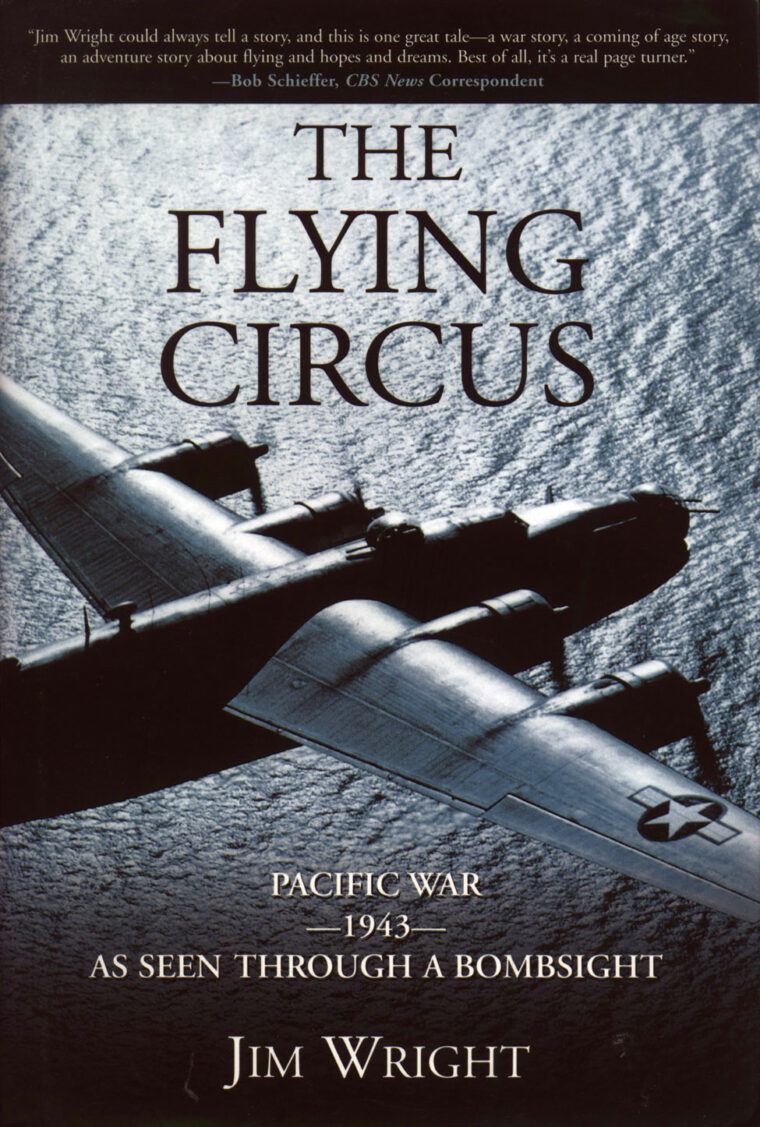 The Flying Circus: Pacific War—1943—As Seen Through a Bombsight by Jim Wright, The Lyons Press, Guilford, CT, 2005, 214 pp., photographs, maps, bibliography, index, $22.95, hardcover.
The Flying Circus: Pacific War—1943—As Seen Through a Bombsight by Jim Wright, The Lyons Press, Guilford, CT, 2005, 214 pp., photographs, maps, bibliography, index, $22.95, hardcover.
Former Texas Congressman and Speaker of the House Jim Wright is one of a number of World War II veterans (Dwight D. Eisenhower, Bob Dole, Daniel Inouye, and George H.W. Bush are others who come immediately to mind) who parlayed their military service into long and successful political careers. While the title of Wright’s memoir might conjure up images of World War I German ace Manfred von Richthofen’s aerial combat group, it is actually a remarkable tale of war as seen through the eyes of a young B-24 bombardier assigned to the 380th Heavy Bomb Group, and his often humorous, sometimes harrowing experiences as a freshly minted Air Corps second lieutenant in the Pacific Theater.
The Flying Circus takes the reader through Wright’s decision to drop out of the University of Texas and enter the service shortly after Pearl Harbor; his desire to become a bombardier instead of a pilot because the training was shorter (five months as compared to nine)and he wanted to get into combat before the war was over; and, ultimately, his assignment to a bomb group based in Australia. Through his straightforward, descriptive prose, Wright captures both the tedium and terror of long-distance bombing missions over the heavily defended Solomon Islands and elsewhere in the South Pacific.
He writes of one mission over Balikpapan: “At twenty minutes after midnight, Gus’s Bus was first to reach the target area. A hole in the loose flotilla of overhead clouds gave us a perfect sight of the refinery complex with its rows of big oil and gasoline storage tanks. To my amazement, ground lights were illuminating the tanks and buildings. The crosshairs of my bombsight locked onto the dead center of the tank installations during a surprisingly steady bomb run. There was no flak, not yet, no interceptors in the air. They hadn’t been expecting us. We banked to the right, following ‘bombs away,’ circling back on the seaward side to begin our homeward course. Below, two separate storage tanks were ablaze. Black smoke billowed. All the ground lights were now out, but our tank fires lighted the area. We’d hit our mark.”
The air war in the Pacific has for too long been underdocumented. Wright’s book helps to rectify that situation and will give the tens of thousands of Air Force personnel who served in that theater much overdue recognition.
Jim Wright can tell a war story with the best of them, and this one is all the better because it comes from the heart and from the gut—a real page turner.
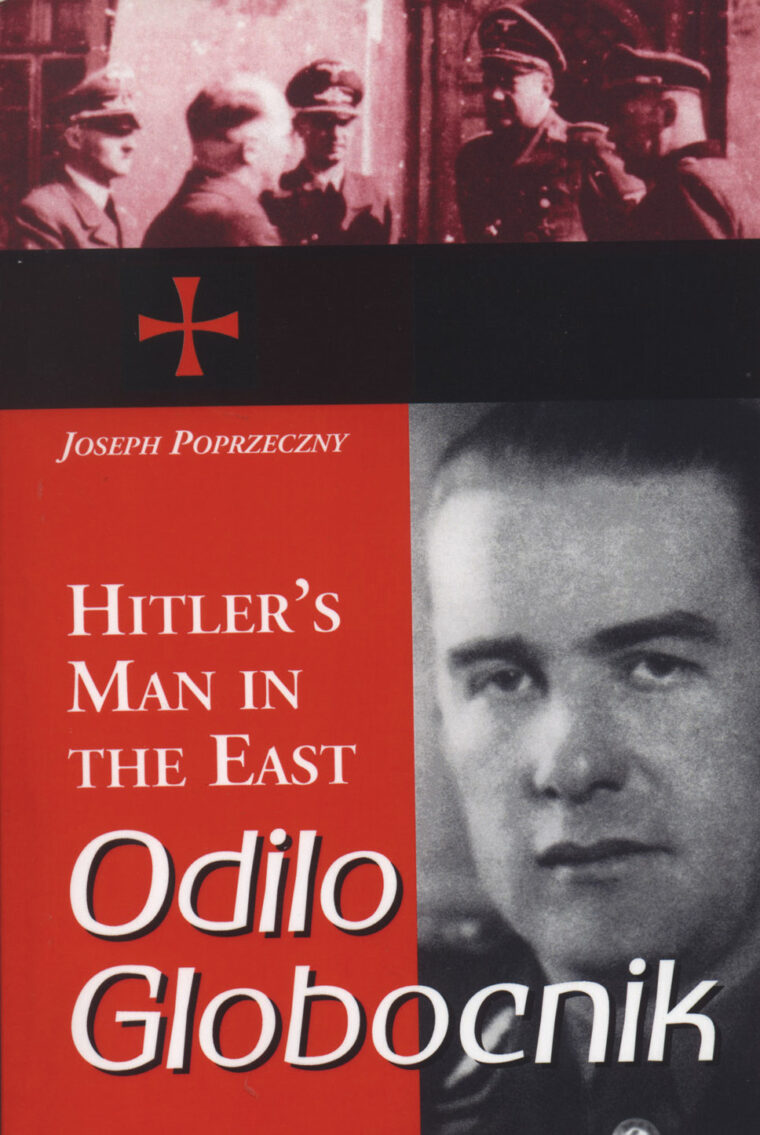 Odilo Globocnik, Hitler’s Man in the East,by Joseph Poprzeczny, McFarland, Jefferson, NC, 2004, 439 pp., photographs, maps, bibliography, index, $45.00, softcover.
Odilo Globocnik, Hitler’s Man in the East,by Joseph Poprzeczny, McFarland, Jefferson, NC, 2004, 439 pp., photographs, maps, bibliography, index, $45.00, softcover.
Odilo Globocnik is a name that many in the West may not be familiar with, but this book should do much to change that situation. Along with Rudolf Höss, the kommandant of the Auschwitz death camp, Globocnik, an Austrian and SS Brigadeführer (brigadier general), ruled the Lublin district of Poland with an iron fist and deserves to go down in history as one of the worst mass murderers of all time.
Betraying his homeland by conspiring with the Nazis to destroy Austria’s independence, Hitler rewarded Globocnik by appointing him the first Nazi Gauleiter of Vienna; he later played a crucial role in the ethnic cleansing of the conquered territories of Poland and the Ukraine. It is estimated that Globocnic was directly responsible for the deaths of at least 1.5 million people in three notorious Nazi camps in that occupied country: Treblinka, Sobibor, and Belzec.
The author of this detailed, chilling biography, a journalist in Perth, Australia, spent years exhaustively researching his subject, translating many documents unknown and unavailable in the West, and conducting extensive interviews with Globocnik’s former fiancée, Irmgard Rickheim. Many of the numerous photos come from Rickheim’s own collection and are published here for the first time. Nearly every aspect of Globocnik’s life, from his ancestry to the seven varying accounts of his death by suicide after being captured by British troops in 1945, is carefully scrutinized.
The price is rather steep for a paperback, but the story within is important to students of the Holocaust and for those wishing to understand how ordinary Germans (or, in this case, Austrians) could make the steep descent into hell.
All-American Wonder: The Photographic History of the U.S. Military 1/4 Ton Truck (Third Edition) by Fred W. Crismon, Victory Publishing Ltd., Rogers, MN, 2005, 605 pp., illustrations, $59.95, softcover.
For all the Jeepophiles who simply can’t get enough views and information about their favorite 4×4, this 600-plus page book should do the trick.
As a follow up to the first two books also titled All-American Wonder, by Ray Cowdery, Crismon’s third volume, the result of years of exhaustive research, is a worthy successor.
In addition to being packed with literally hundreds of historic photos of the development, testing, manufacturing, and combat theater shots of one of the great military American inventions of all time, there are also dozens of excellent full-color photos of restored Jeeps at museums, car shows, and various living history events around the world.
Such rare Jeeps as the Bantam BRC-40; Willys WAC or Jeeplet; the MBL-2; the Para-jeep; the MLW “Jungle Jeep” and “Sand Jeep;” armored Jeeps, and many more models are featured in high-quality detailed photos. All-American Wonder packs in a seemingly endless parade of Jeep variations, all the way up to the HUM-Vs of today. There’s even a fun chapter showing scores of toy Jeeps.
As an extra attraction, there are quite a few advertisements in the back of the book for parts retailers, which will come in handy for anyone seeking to restore one of these military workhorses. A thoroughly delightful, essential, and informative book that will keep Jeep enthusiasts excited for years to come, All-American Wonder is indeed a wonder.
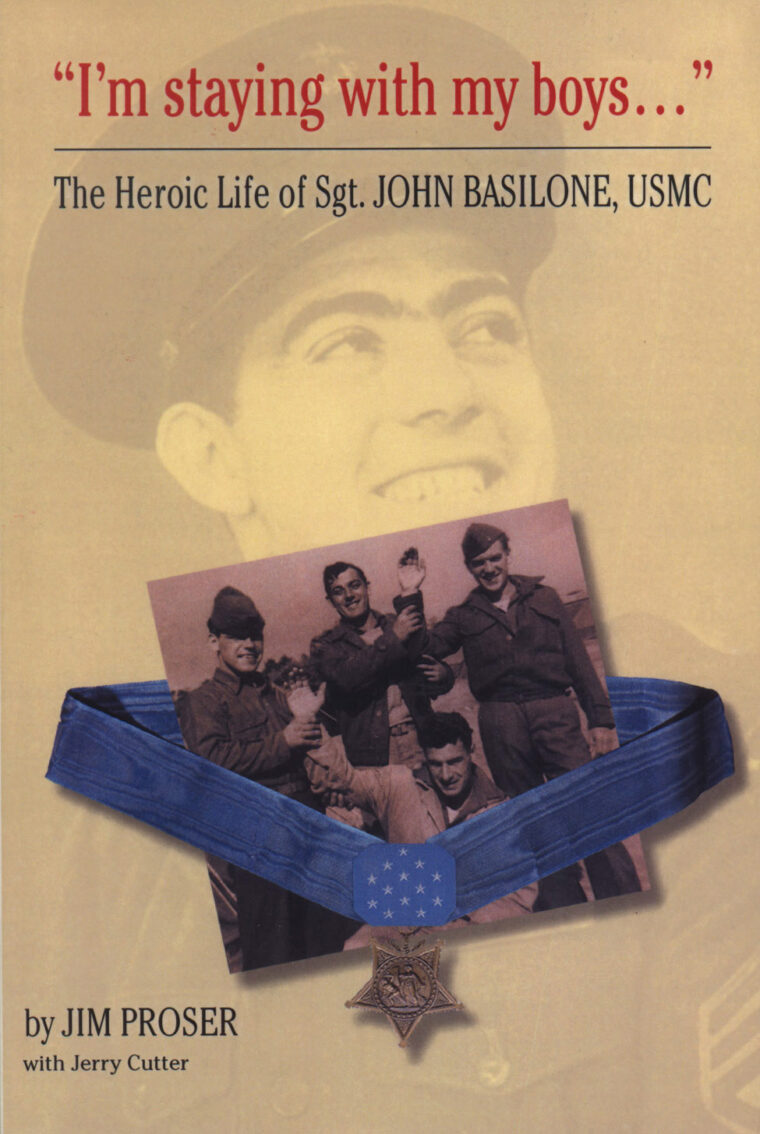 “I’m Staying With My Boys …”—The Heroic Life of Sgt. John Basilone, USMC, by Jim Proser with Jerry Cutter, Lightbearer Communications, Hilton Head Island, SC, 2004, 330 pp., bibliography, photographs, $19.95, softcover.
“I’m Staying With My Boys …”—The Heroic Life of Sgt. John Basilone, USMC, by Jim Proser with Jerry Cutter, Lightbearer Communications, Hilton Head Island, SC, 2004, 330 pp., bibliography, photographs, $19.95, softcover.
This is the remarkable true story of one of the legends of the United States Marine Corps—Medal of Honor recipient Sergeant John Basilone—written in a remarkable style.
Jim Prosser, a documentary filmmaker, was so intrigued with Basilone’s life and heroic deeds that he set out to write the definitive portrait of a hard-fighting Marine who sacrificed his life for his men on Iwo Jima on February 19, 1945.
As the author says, “It is my hope that I have created a more accurate portrait of [Basilone] than has existed before. I have attempted to recreate his story in his own voice based on hundreds of hours of interviews with people who knew John well and spoke with him frequently. I also grew up near his hometown of Raritan, New Jersey. The speech of that area is second nature to me.”
Because it is the author speaking in autobiographical first-person style, the effect is a little like reading a historical novel. Yet, the language and the imagery are so dead-on that one soon forgets that this book was not written by the subject. It is a remarkable achievement, especially when one learns that Prosser never even served in the military, let alone under fire in the Pacific.
John Basilone grew up poor, making money as a golf caddy, then dropped out of school and joined the Army in the mid-1930s. Always handy with his fists, he earned a reputation as a tough boxer in the Army and even picked up a boxer’s moniker, Manila John, while serving in the Philippines. But he grew tired of the peacetime military and got out, hoping to find a new direction for his life. Then came Pearl Harbor, and he reenlisted, this time in the Marines.
Prosser has captured the sights, sounds, and smells of combat perfectly. With his unit dug into the greenish hell of Guadalcanal, Prosser/Basilone says, “Heavy rain filled our holes with a nasty soup of mud, piss, and floating trash. When we weren’t standing in this muck we were out stringing a second and third apron of perimeter wire. Since we didn’t have any trip flares to let us know when our Japanese guests might arrive, we hung tin cans full of pebbles and grenades with the pins half pulled on the wires.
“A week went by while we filled more sand bags with mud and the enemy marched closer each day. On October 23, a light tank and infantry attack across the mouth of the Matanikau ran right into the teeth of Vandegrift’s defenses. It was chewed up in short order with over 600 Japs killed, many of them trapped in a jungle clearing where US tanks just drove over them instead of wasting ammunition. They ground the poor bastards up like sausage under the tank treads until the entire clearing was covered in gore and left to rot in the sun.”
New and Notable
Marine Air, by Robert F. Dorr, Berkley Caliber, $24.95. The first fully-illustrated oral history of the United States Marine Corps Air Force—the “Flying Leathernecks.” During World War II, it expanded to sixty-one squadrons—twenty with at least one flying ace—and over 10,000 pilots.
Germany and the Axis Powers: From Coalition to Collapse, by Richard L. DiNardo, University of Kansas Press, 320 pp., $34.95. This examination of Germany’s dysfunctional relationship with Italy, Rumania, Hungary, and Finland shows an Axis of different goals and a lack of coordination which eventually spelled doom for Hitler’s Reich.
Secret Weapons and World War II: Japan in the Shadow of Big Science, by Walter E. Grunden, University of Kansas Press, 348 pp., $39.95. Japan’s failure to develop such technologies as rocket and jet propulsion, radar, and nuclear weapons ensured its defeat. Japan’s weak infrastructure, a lack of raw materials and an inadequate industrial base all added to the nation’s inability to keep up with its enemies, particularly the United States.
The Blitzkrieg Legend: The 1940 Campaign in the West, by Karl-Heinz Frieser, U.S. Naval Institute, $47.50. This history of the fall of the West has been translated from its original German. It explodes many myths and shows how the fog of war and proficiency in execution are more important factors than plans.
Zhukov’s Greatest Defeat: The Red Army’s Epic Disaster in Operation Mars, 1942, by David M. Glantz, University of Kansas Press, 432 pp., $19.95. When the Red Army tried to push the Nazis away from Moscow, they incurred 335,000 casualties and lost 1,600 tanks. Launched in conjunction with the relief of Stalingrad, it proved to be Marshall Georgie Zhukov’s greatest defeat. Once covered up, the campaign is now discussed in detail.
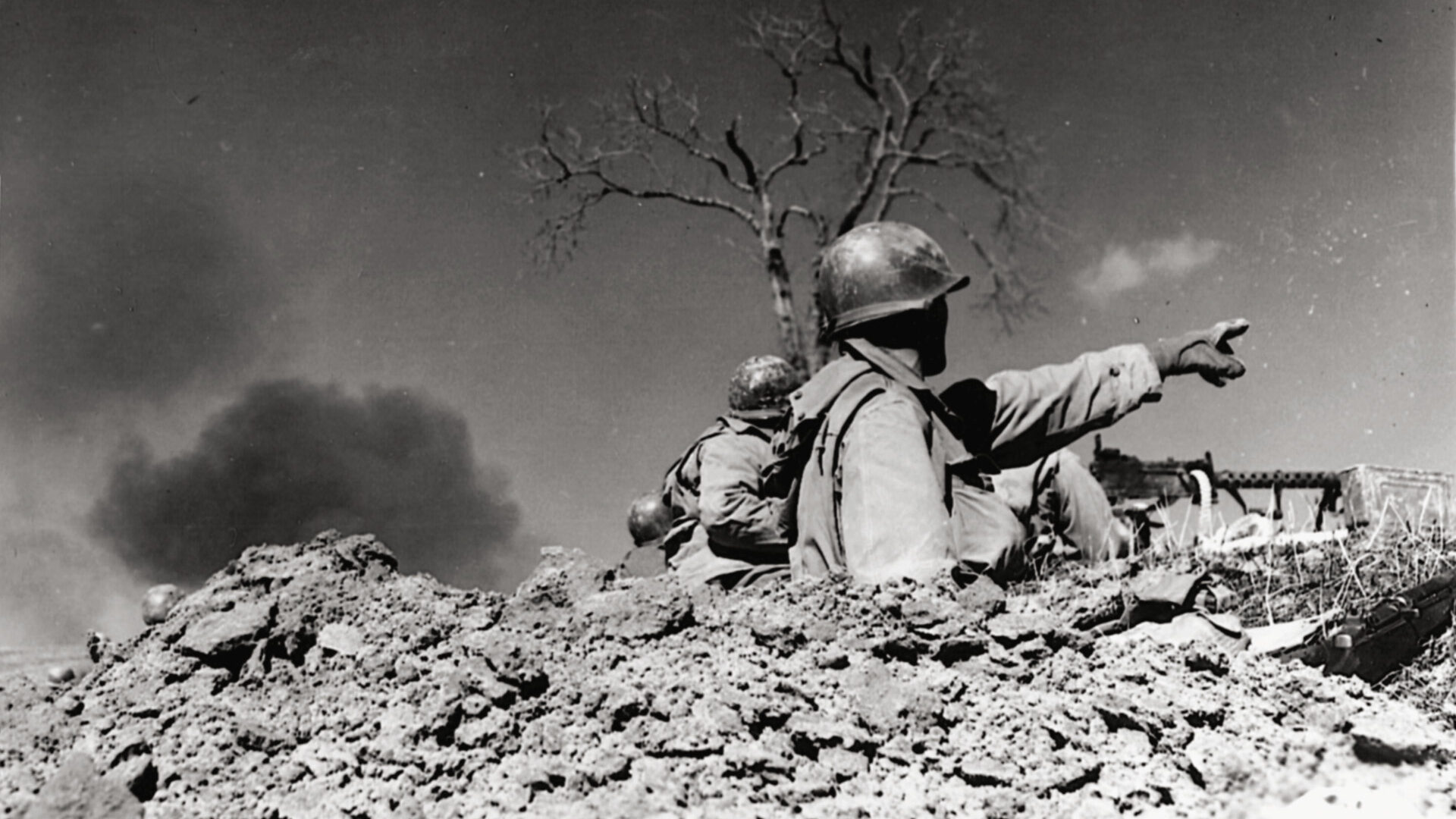

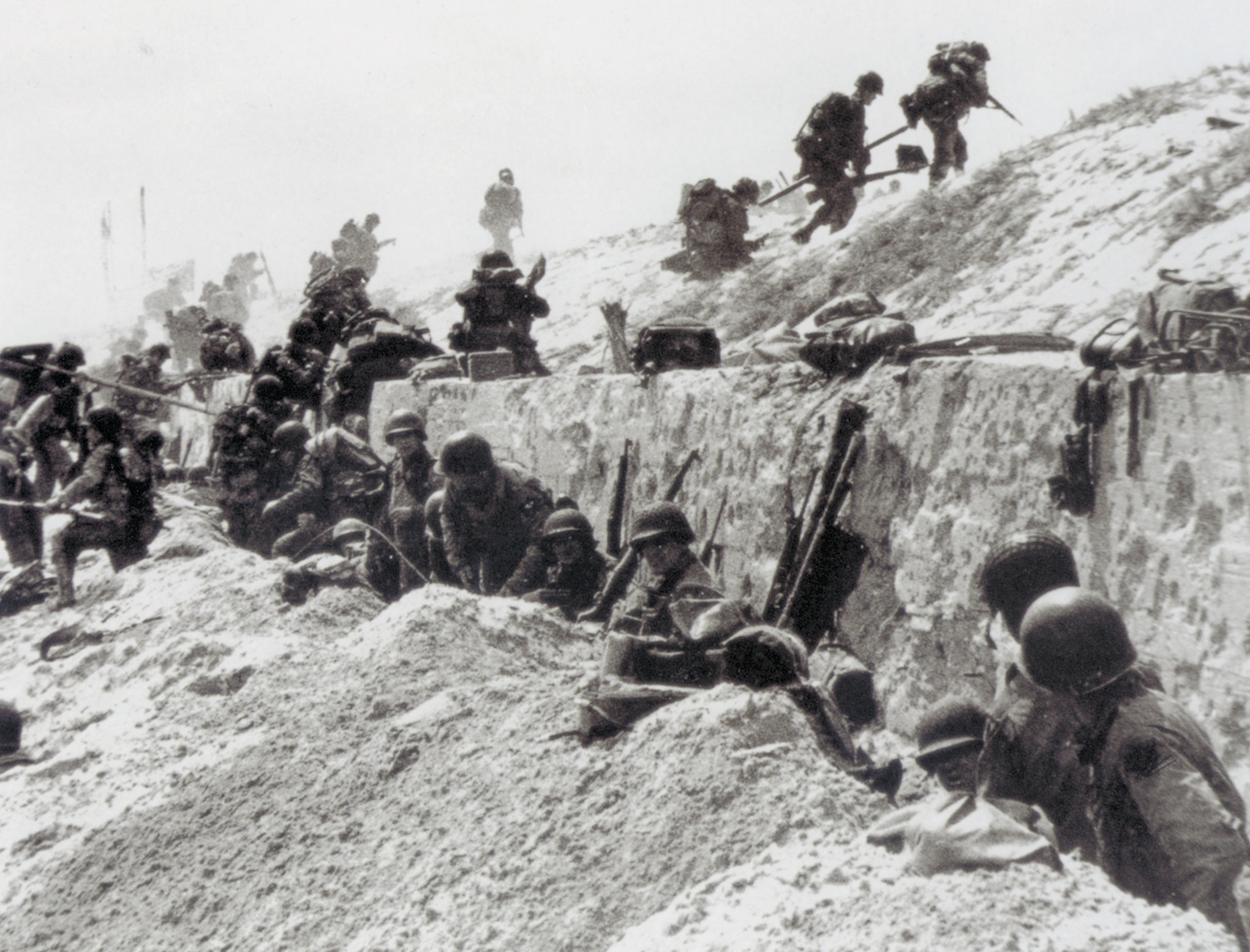
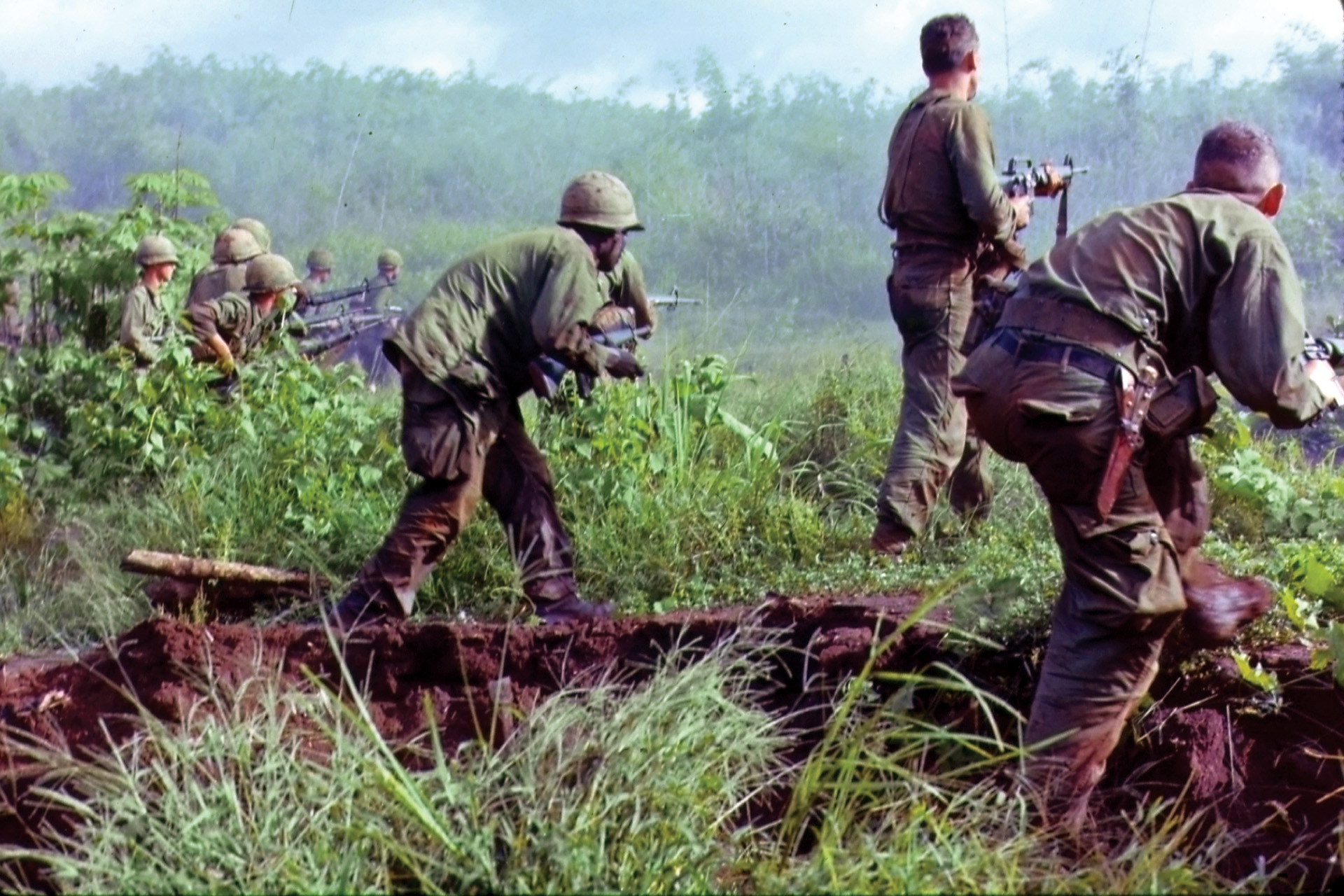
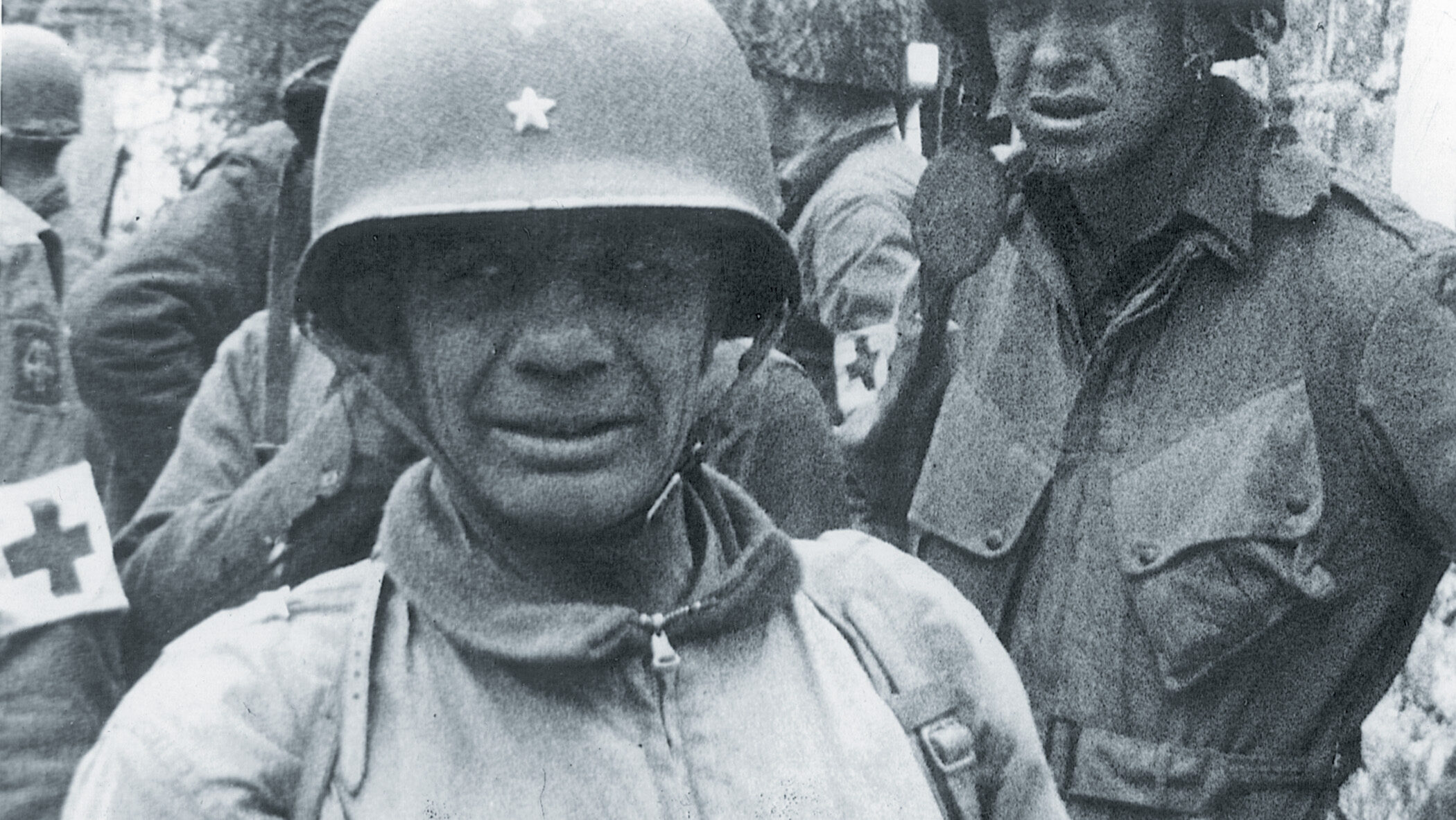
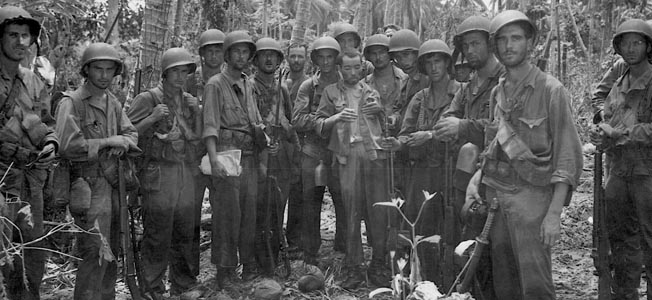
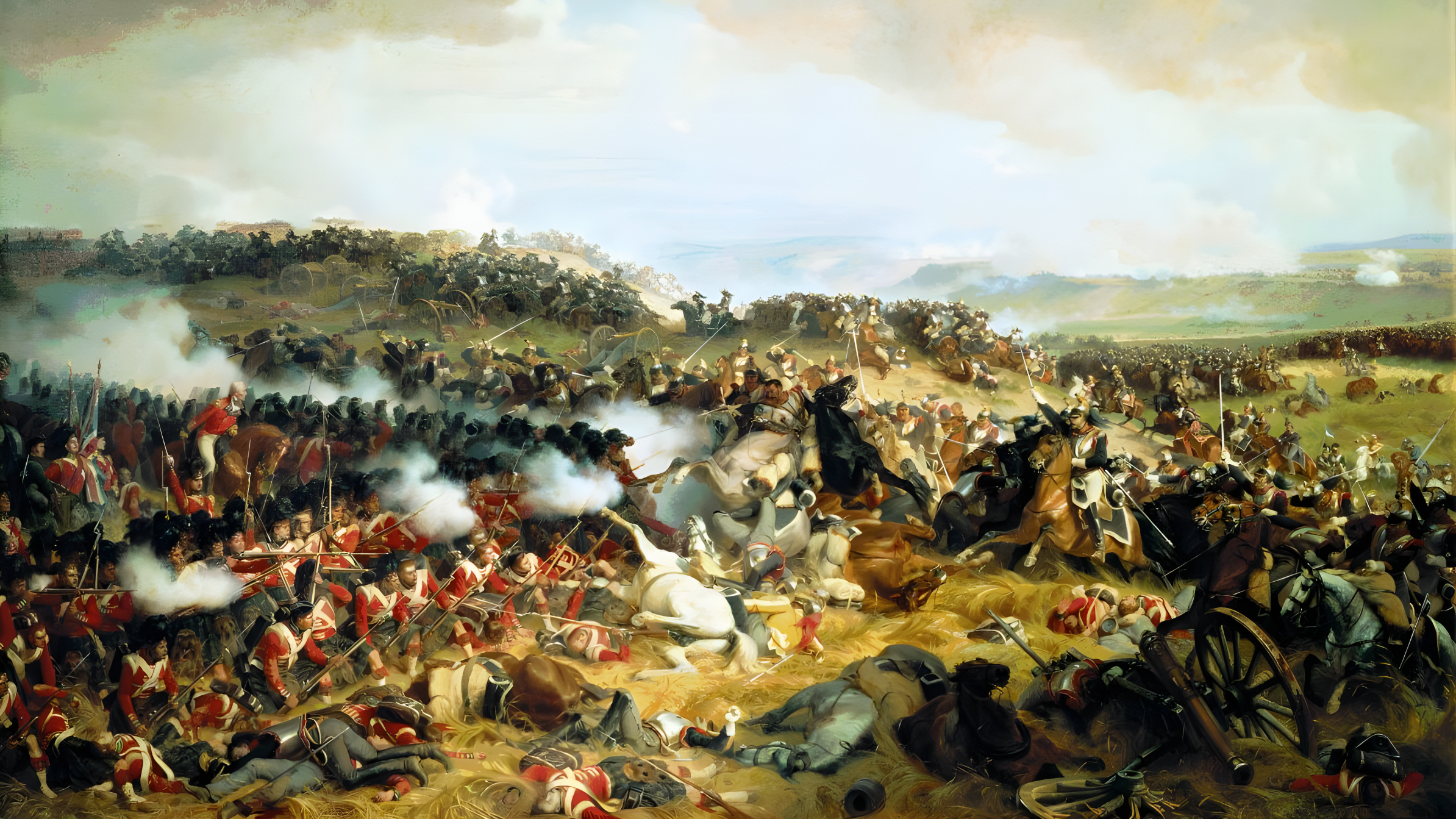

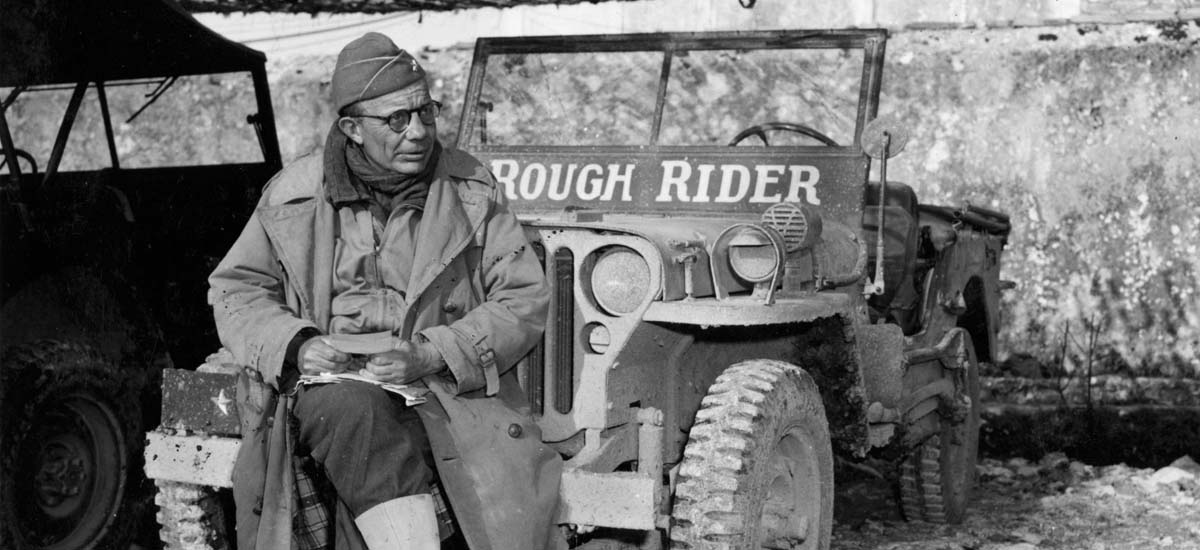
Join The Conversation
Comments
View All Comments